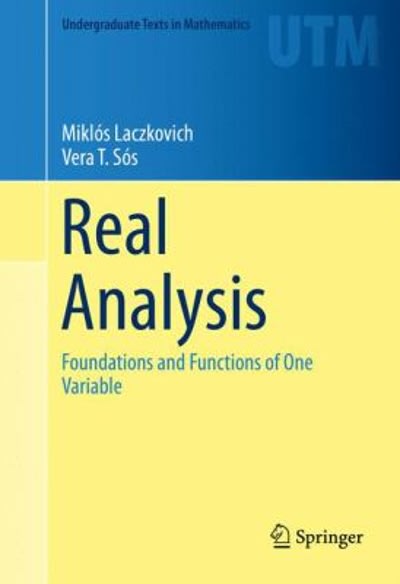Answered step by step
Verified Expert Solution
Question
1 Approved Answer
5. Generate yt and xt as two independent I(1) processes, i.e., yt = yt?1 + ut, xt = xt?1 + vt, ut and the vt
5. Generate yt and xt as two independent I(1) processes, i.e., yt = yt?1 + ut, xt = xt?1 + vt, ut and the vt as two independent sequences so that yt and xt are independent with each other. Let ?? = (X?X)?1X?Y be the OLS estimator of ? based on yt = xt?+errort, and t?? = ??/sd(??) (the usual t-statistic for testing ? = 0).

Step by Step Solution
There are 3 Steps involved in it
Step: 1

Get Instant Access to Expert-Tailored Solutions
See step-by-step solutions with expert insights and AI powered tools for academic success
Step: 2

Step: 3

Ace Your Homework with AI
Get the answers you need in no time with our AI-driven, step-by-step assistance
Get Started


